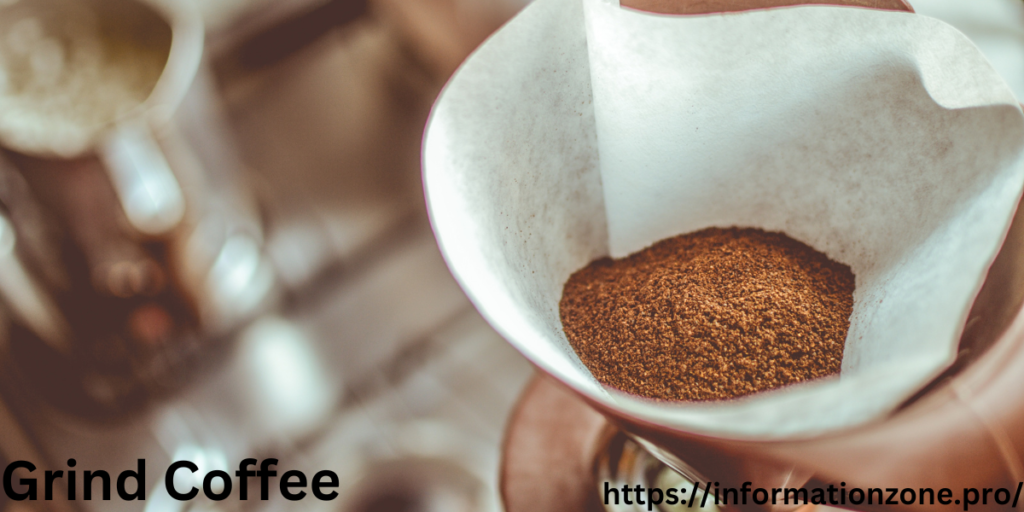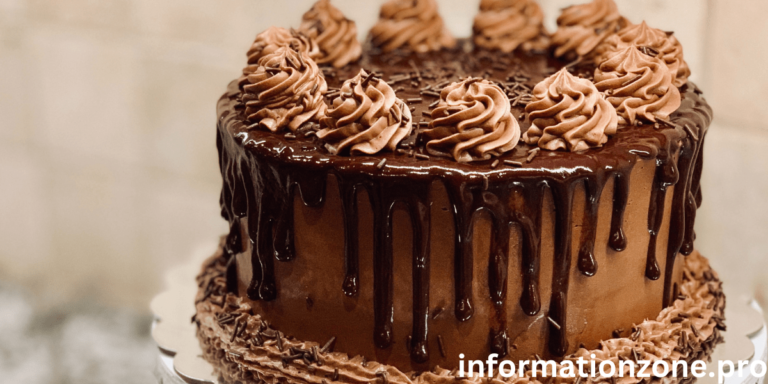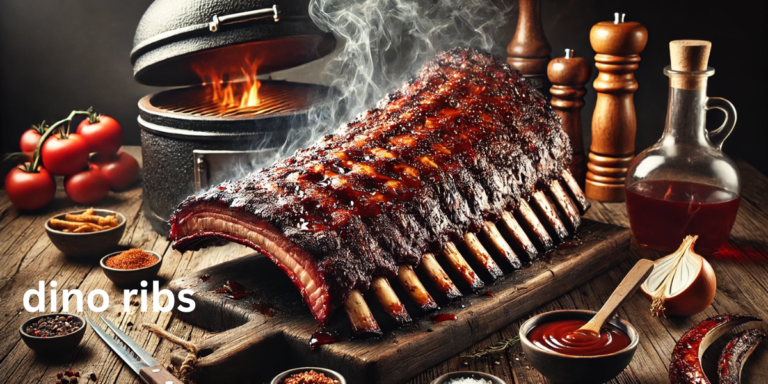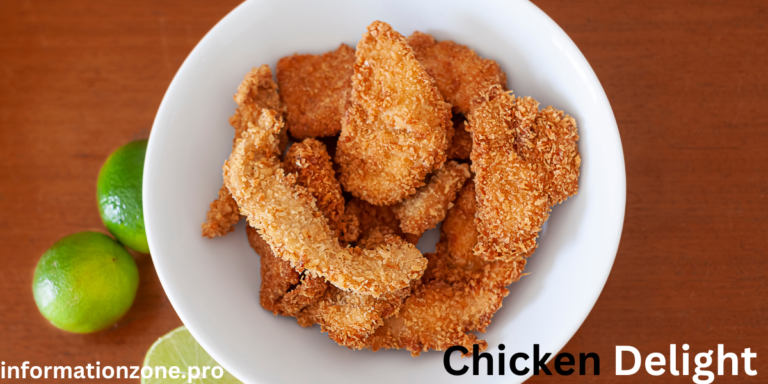Step-by-Step Guide to Grinding Coffee at Home
Introduction
Imagine the aroma of freshly ground coffee filling your kitchen as you wake up. Making a cup with beans you’ve just ground yourself has a certain enchantment. Making coffee at home enhances your morning routine and is more than just a simple chore. Coffee can change your enjoyment of this popular beverage, regardless of whether you’re a casual consumer or a self-described coffee enthusiast.

This article will cover everything from selecting the best grinder to learning the appropriate grind sizes for different brewing techniques, as well as the advantages of grinding your own coffee. Prepare to learn some techniques and tricks that will help you consistently grind coffee to perfection. Let’s begin this aromatic adventure!
Advantages of Home Coffee Grinding
A world of flavor and scent is revealed when you grind your own coffee at home. The vital oils that give freshly ground beans their desired rich flavor are preserved. The finest form of such flavors is captured when coffee is ground right before brewing.
Customization is an additional benefit. Depending on your preferred brewing method, you can choose your favorite beans and change the grind size. For both French press and espresso, grinding guarantees the best extraction possible.
Over time, cost savings are also substantial. You may enjoy premium coffee without going over budget by purchasing whole beans, which are usually less expensive than pre-ground choices.
Furthermore, grinding at home eliminates packaging waste from store-bought goods. Aside from improving your daily routine with fresh coffee every morning, it’s an environmentally beneficial option that supports sustainable living practices.

Coffee Grinders’ Types
The kind of grinder you select has a significant impact on the quality and flavor of your coffee. Blade grinders and burr grinders are the two main types.
Blade grinders cut beans with a revolving blade. They are popular among novices since they are frequently easier to locate and more reasonably priced. They may, however, result in uneven grinds that compromise your brew.
Burr grinders, on the other hand, provide better control over the size of the grind. They provide beans a consistent texture by crushing them between two surfaces, called burrs. This is crucial for brewing techniques that need particular coarseness levels, such as French press or espresso.
Both manual and electric variants are available in these categories. Although they are quiet and portable, manual grinders need some elbow grease. Although they can be bigger, electric ones save time.
How serious you are about making the ideal cup of coffee every day and your personal tastes will determine which grinder is best for you.
Selecting the Proper Grind Size for Your Method of Brewing
Making great coffee requires selecting the appropriate grind size. To extract the best flavors, different techniques call for different textures.
A coarse grind is what you’ll want with a French press. This keeps silt from infiltrating your cup while facilitating easy water flow.
Finely ground coffee is crucial if you’re using an espresso machine. They provide the rich shot of espresso we all enjoy by creating resistance and increasing pressure.
A medium-fine grind is what pour-over fans should strive for. It ensures that every drop sings with subtleties by striking a balance between speed and flavor extraction.

Because cold brew relies on steeping over time rather than heat, fans of this method also require finely ground beans.
You can find your ideal cup by trying different things! Even well-known beans can develop novel flavor characteristics by just altering the grind. Take pleasure in the process; it’s all a part of creating the brew experience you want.
A Comprehensive Guide to Home Coffee Grinding
The simple act of grinding coffee at home improves the brewing experience. First, choose the correct beans. For the best flavor, choose fresh, whole coffee beans.
Next, measure out how much coffee you want. Two teaspoons for every six ounces of water is the standard. Adapt to own preferences.
The time has come to select your grinder. Make sure the burr or blade grinder is clean and in working order before using it.
Fill the chamber of the grinder with the measured beans. When grinding, firmly fasten the cover to avoid spillage.
Start grinding according to your preferred method: fine for espresso machines, medium for drip coffee makers, and coarse for French presses. Pay attention to consistency; you want the texture to be consistent.
To maintain freshness until you’re ready to brew again, move your ground coffee right away into an airtight container.

Advice & Techniques for Grinding Coffee Exactly Right
Start with fresh beans for the best ground coffee. Just after roasting, the flavor and scent are at their best.
Take exact measurements of your beans. Using a scale makes grinding coffee more consistent every time. Depending on your own taste, aim for 1 to 2 tbsp per cup.
Depending on how you brew, take into account the grinder settings. A finer grind is perfect for espresso, while a coarser setting is best for French presses.
To keep your brew free of undesirable flavors, use clean equipment. Rinse off any remaining grinds before using again.
Try it! Don’t be afraid to change the brewing time and grind size until you have the ideal cup that suits you. Cheers to your grinding!
How to Maintain and Clean Your Coffee Grinder
Maintaining the flavor and functionality of your coffee grinder requires regular cleaning. To guarantee safety during cleaning, start by unplugging the gadget.
Just use a dry cloth to clean the blades on blade grinders. To absorb oils and remaining grinds, you can also use bread crumbs or rice. Before throwing them out, run them through the grinder.
As directed by the manufacturer, disassemble any burr grinder you may have. Any stuck coffee particles in difficult-to-reach places can be removed using a gentle brush. Unless otherwise noted, stay away from water since it can lead to corrosion or other damage.
The longevity of your grinder is increased with routine maintenance. Examine components such as burrs for wear and replace them as necessary. Maintaining cleanliness will improve your morning brew experience!

Conclusion
A satisfying experience that enhances your everyday brew is grinding coffee at home. The flavor of freshly ground beans is simply unmatched by pre-ground alternatives due to their freshness. You can unleash the full potential of your coffee by comprehending the advantages, selecting the ideal grinder and grind size, and following our detailed instructions.
Remember to include a few pointers for consistently flawless outcomes. Additionally, a well-maintained grinder guarantees your equipment’s longevity and uniformity. Adopting this practice makes drinking coffee a joyful ritual in addition to improving it.
Why wait, then? Enjoy every cup like never before by experimenting with different grind sizes and brewing techniques right now!







